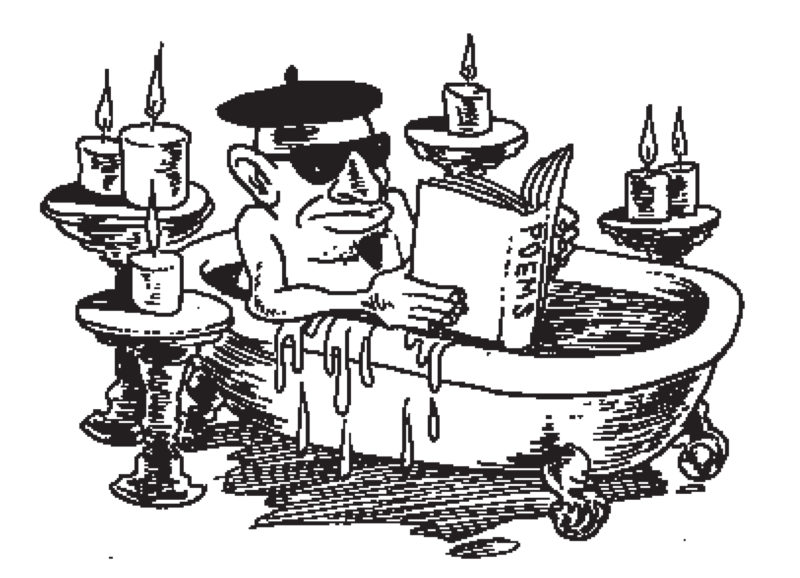SHEEPISH INTRODUCTION
Invited to offer a “defense of poetry,” Randall Jarrell complained fifty years ago that poetry doesn’t need to be defended, it needs to be read. Since then, fewer and fewer Americans (at least in proportional terms) have read it. When successful young poets compare themselves to their friends who haven’t yet published a book, they may feel lucky; when they compare themselves to Allegra Goodman or Jonathan Safran Foer or Zadie Smith or—but pick your own Best New Novelist—even the most-celebrated serious young poets can find it hard to know they exist.
This essay will not, exactly, tackle that problem; it will, instead, tackle one of its sources, by helping you, O Reader, enjoy those young poets’ books. The poets I know don’t want to be famous people half so much as they want their best poems read; I want to help you find and read them. I write here for people who want to read more new poetry but somehow never get around to it; for people who enjoy Seamus Heaney or Elizabeth Bishop and want to know what next; for people who enjoy John Ashbery or Anne Carson but aren’t sure why; and, especially, for people who read the half-column poems in glossy magazines and ask, “Is that all there is?”
INACCURATE HISTORY LESSON (PART ONE)
Most of the new North American poets I’ve liked lately share a surface difficulty; they tease or demand or frustrate; they’re hard or impossible to paraphrase; and they try not to tell stories. These poets agree in their tastes, but not in first principles, and they come from all over. Many hold degrees from prestigious graduate writing programs (Iowa, Columbia, Brown); some don’t. Some publish with self-consciously small, “underground,” presses (Edge, Flood, Roof, subpress), some with well-established independents (Alice James, Coffee House, Graywolf, Hanging Loose), some with university presses (Arizona, Iowa, Wesleyan), and some with the hoary New York trades. Some live in Brooklyn, some in Chicago, at least one in Seldovia, Alaska; many migrate annually, going where the (academic) jobs are. Descriptions of poets in terms of schools or regions or deepest beliefs have rarely been less useful than they are now.
Literary history, however, has rarely been more so. There is a story behind the evasive oddity of much contemporary poetry, a story that begins forty years ago; it’s oversimplified, sometimes inaccurate, and unfair to some older poets it includes—but it’s a story many young poets believe, and it might help you see what they try to do. I can’t emphasize enough that I’m describing literary history as most young poets now learn to see it; a really responsible thumbnail sketch of sixties and seventies poetry would (for...
You have reached your article limit
Sign up for a digital subscription and continue reading all new issues, plus our entire archives, for just $1.50/month.
Already a subscriber? Sign in





